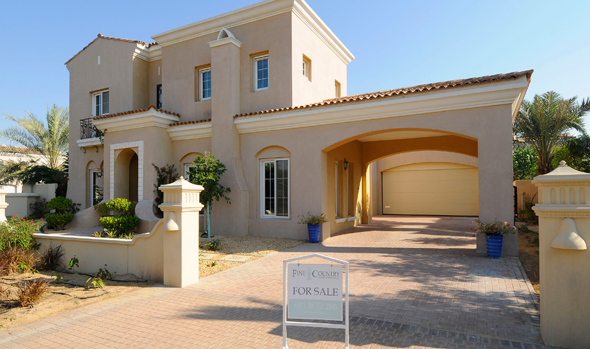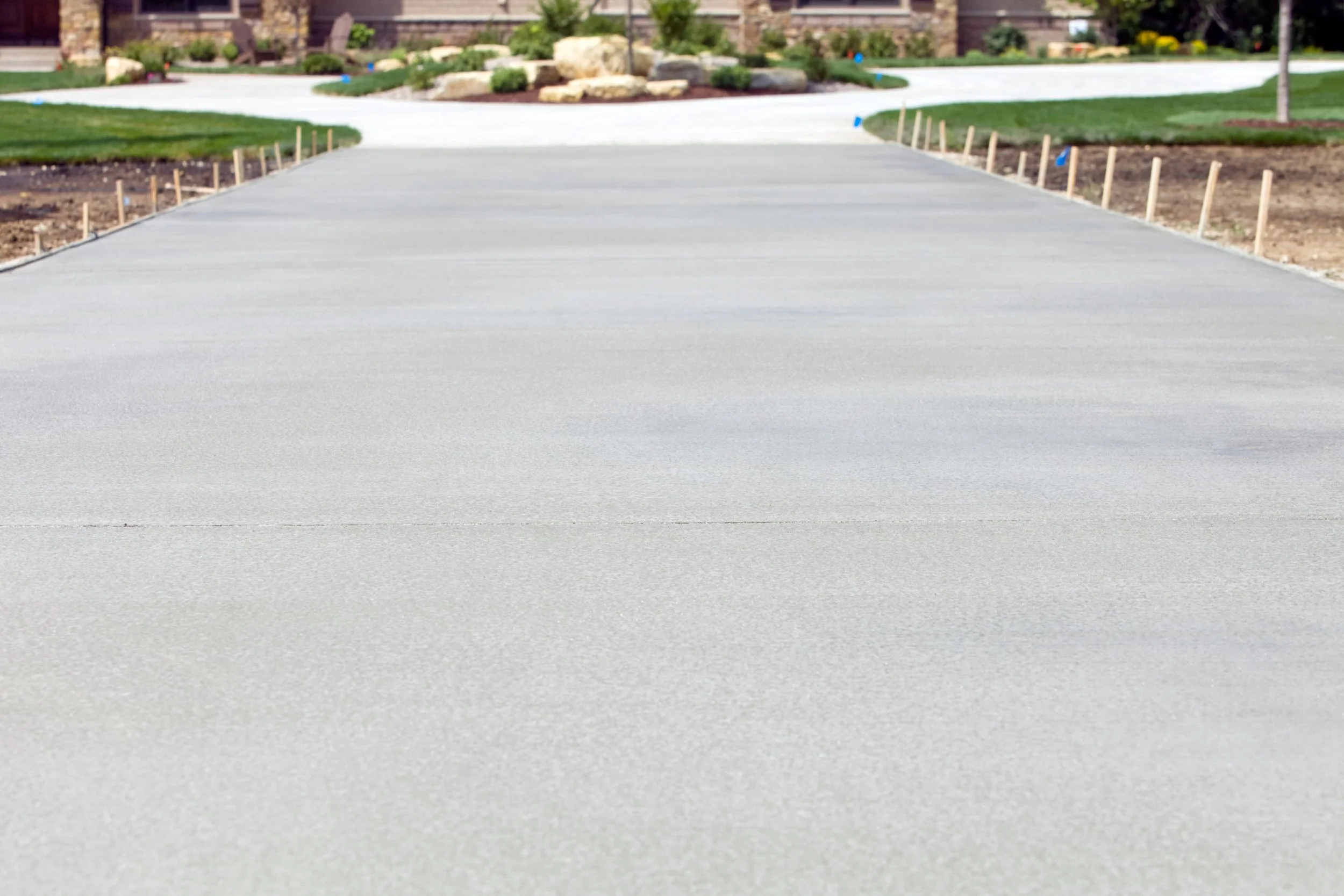Appliances are a crucial part of modern life. They make our daily tasks easier and more efficient, but like any machine, they require maintenance and occasional repairs. One of the most common issues homeowners face with their appliances is identifying when parts need replacing. Knowing how to identify these signs can save homeowners time, money, and hassle in the long run.
Recognizing Appliance Malfunction
When it comes to identifying signs that appliance parts need replacing, recognizing appliance malfunction is key. There are several common indicators of trouble that can help homeowners identify when their appliances are in need of repair or replacement.
Common Indicators of Trouble
One of the most common indicators of appliance malfunction is when an appliance fails to perform its intended function. For example, a refrigerator that fails to keep food cold or a dishwasher that fails to clean dishes properly may need a replacement part. In addition, appliances that require more time than usual to complete their tasks or that require multiple cycles to complete their tasks may also be experiencing a malfunction.
Unusual Noises and Smells
Strange noises and smells are also warning signs that an appliance may be in need of repair or replacement. For example, a refrigerator that emits a loud buzzing or humming noise may have a faulty compressor, while a dishwasher that emits a burning smell may have a malfunctioning heating element. It is important to address these issues promptly, as they can indicate serious problems that could lead to further damage if left unchecked.
Error Messages and Unresponsive Controls
Many modern appliances are equipped with error messages and control panels that indicate when there is a problem. Error messages may appear on a digital display, while unresponsive controls may indicate that there is a problem with the appliance's circuitry. It is important to consult the appliance's manual or a professional repair technician to determine the cause of these issues and to take appropriate action.
Inspecting for Physical Damage
One of the most straightforward ways to identify signs that appliance parts need replacing is to inspect them for physical damage. This can be done without any special tools or knowledge, and it's a great starting point for troubleshooting any issues you may be having with your appliances.
Visible Wear and Tear
The first thing to look for is visible wear and tear. This can include cracks, chips, or other damage to the exterior of the appliance, as well as any visible damage to the internal components. In some cases, wear and tear may be purely cosmetic, but in others, it can indicate a more serious problem.
Leaks and Water Damage
Another thing to look for is leaks and water damage. If you notice water pooling around the base of your appliance, or if you see signs of water damage on the walls or floor around it, this could be a sign that there is a leak somewhere in the appliance. This can be caused by a number of different issues, including damaged hoses, faulty seals, or a malfunctioning pump.
Rust and Corrosion
Finally, it's important to inspect your appliances for signs of rust and corrosion. This can be particularly problematic in appliances that come into contact with water, such as washing machines, dishwashers, and refrigerators. Rust and corrosion can cause serious damage to the internal components of these appliances, and can even lead to leaks or electrical issues.
By inspecting your appliances for physical damage, you can identify potential issues before they become major problems. If you notice any signs of wear and tear, leaks, or rust and corrosion, it's important to address them as soon as possible to avoid more serious issues down the line.
Assessing Performance Issues
When it comes to identifying signs that appliance parts need replacing, assessing performance issues is a crucial step. Here are some common performance issues to look out for:
Inconsistent Operation
If an appliance is not operating consistently, it may be a sign that certain parts need replacing. For example, if a refrigerator is not maintaining a consistent temperature, it may be due to a faulty thermostat or temperature sensor. Inconsistent operation can also be caused by wear and tear on parts over time.
Decreased Efficiency
Decreased efficiency is another sign that appliance parts may need replacing. For example, if a dishwasher is not cleaning dishes as effectively as it used to, it may be due to worn out or damaged parts. Decreased efficiency can also be caused by a buildup of dirt and debris on parts, which can impact optimal performance.
Temperature Irregularities
Temperature irregularities can be a sign that certain appliance parts need replacing. For example, if an oven is not heating evenly, it may be due to a faulty heating element or temperature sensor. Temperature irregularities can also be caused by a buildup of dirt and debris on parts, which can impact optimal performance.
By assessing performance issues such as inconsistent operation, decreased efficiency, and temperature irregularities, you can identify signs that appliance parts need replacing. It's important to address these issues promptly to ensure optimal performance and energy efficiency.
Understanding Appliance Lifespan
When it comes to appliances, understanding their lifespan is crucial in identifying signs that parts need replacing. Most household appliances have a limited lifespan, and knowing when they are nearing the end of their life can help prevent unexpected breakdowns.
Average Lifespans of Common Appliances
The average lifespan of an appliance can vary greatly depending on the make and model, usage, and maintenance. Here are the average lifespans of some common household appliances:
It's important to note that these are just averages, and some appliances may last longer or shorter than the estimated lifespan.
Factors Affecting Longevity
Several factors affect the longevity of household appliances. One of the most significant factors is regular maintenance. Regular cleaning and maintenance can significantly increase the lifespan of an appliance.
Another factor that affects the longevity of an appliance is usage. Appliances that are used more frequently tend to wear out faster than those that are used less frequently.
Lastly, the make and model of an appliance can also affect its lifespan. Appliances from reputable brands tend to last longer than those from less reputable brands.
Safety Risks and Hazards
When it comes to identifying signs that appliance parts need replacing, safety risks and hazards should always be a top concern. Faulty or worn-out parts can pose a serious threat to both the appliance user and the surrounding environment.
Electrical and Gas Safety Concerns
Electrical and gas appliances can be hazardous if not properly maintained. Electrical appliances with frayed cords or damaged wires can cause electric shock or even start a fire. Similarly, gas appliances with gas leaks or damaged gas lines can cause gas poisoning or even lead to an explosion.
To prevent these safety risks, it is important to regularly inspect and maintain all appliances. Any signs of damage or wear and tear should be addressed immediately. It is also important to follow all manufacturer guidelines and safety instructions when using appliances.
Preventing Accidents and Injuries
Preventing accidents and injuries is crucial when it comes to appliance safety. Simple precautions can go a long way in reducing the risk of accidents. For example, always unplug appliances before cleaning or servicing them. Keep all appliances away from water and other liquids.
It is also important to keep the area around appliances clear and free of clutter. This can prevent tripping hazards and reduce the risk of accidents. Lastly, always use caution when handling appliances and follow all safety instructions.
By taking these safety measures seriously, appliance users can minimize the risk of safety hazards and ensure that their appliances are functioning properly.
Professional Versus DIY Repairs
When it comes to repairing appliances, homeowners often face the dilemma of whether to call a professional technician or handle the repairs themselves. While some simple repairs can be done without professional help, complex repairs may require the expertise of a professional technician.
When to Call a Professional Technician
If a homeowner lacks experience in diagnosing and repairing appliances, it is advisable to call a professional technician. Complex repairs such as fixing electrical problems, replacing motors, and repairing refrigeration systems require specialized knowledge and experience. Attempting to repair such issues without the necessary expertise may lead to further damage, and in some cases, it may even pose a safety risk.
Handling Simple Repairs Yourself
Some simple repairs such as replacing a broken door handle or a burnt-out light bulb can be handled by homeowners themselves. DIY repairs can be cost-effective and save time. However, it is essential to ensure that the repairs are done correctly to avoid further damage and potential safety hazards.
OEM vs Aftermarket Repair Parts
When repairing appliances, homeowners have the option of using either OEM (Original Equipment Manufacturer) or aftermarket repair parts. OEM parts are made by the appliance manufacturer and are considered to be of higher quality. However, they can be expensive and may not always be readily available. On the other hand, aftermarket parts are cheaper and more readily available. With that said, finding reliable parts online is generally a breeze in this day and age, especially OEM parts.
Evaluating Repair Versus Replacement Costs
When an appliance breaks down, homeowners are often faced with the decision to either repair or replace it. While repairing an appliance may seem like the more cost-effective option, it is important to evaluate the repair versus replacement costs to make an informed decision.
Cost-Benefit Analysis of Appliance Repair
Before deciding to repair an appliance, homeowners should consider the cost-benefit analysis. This involves comparing the cost of the repair to the expected lifespan of the appliance after the repair. If the expected lifespan is significantly shorter than the cost of the repair, it may be more cost-effective to replace the appliance.
Additionally, homeowners should consider the frequency of repairs. If an appliance requires frequent repairs, it may be more cost-effective to replace it rather than continually paying for repairs.
When Replacement is the More Economical Choice
In some cases, replacing an appliance may be the more economical choice. This is especially true if the appliance is outdated and inefficient, resulting in high energy bills. Upgrading to a newer, energy-efficient model can save homeowners money on their energy bills in the long run.
Furthermore, if an appliance is nearing the end of its expected lifespan, it may be more cost-effective to replace it rather than continually paying for repairs.
Choosing the Right Replacement Parts
When it comes to replacing appliance parts, it is important to choose the right replacement parts to ensure the proper functionality of your appliance. Here are some factors to consider when choosing replacement parts.
Identifying Quality Components
One of the most important factors to consider when choosing replacement parts is the quality of the components. High-quality components are essential for the proper functioning of your appliance and can help prevent future breakdowns.
To identify quality components, look for reputable brands and manufacturers. It is also a good idea to read reviews and check the ratings of the replacement parts before making a purchase.
Compatibility and Proper Fit
Another important factor to consider when choosing replacement parts is compatibility and proper fit. Replacement parts that are not compatible with your appliance or do not fit properly can cause further damage to your appliance and may even pose safety risks.
To ensure compatibility and proper fit, it is important to check the model and serial numbers of your appliance and compare them to the replacement parts you are considering. It is also a good idea to consult the user manual or contact the manufacturer for guidance.
In summary, choosing the right replacement parts is crucial for the proper functioning of your appliance. By considering factors such as quality components, compatibility, and proper fit, you can ensure the longevity and safety of your appliance.











